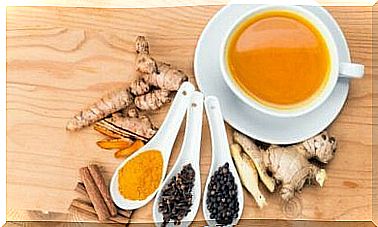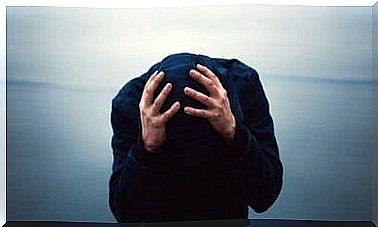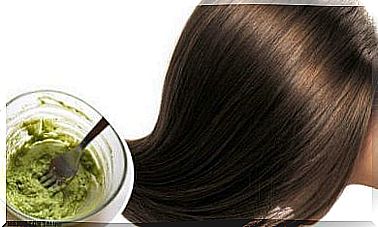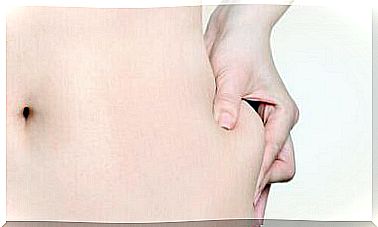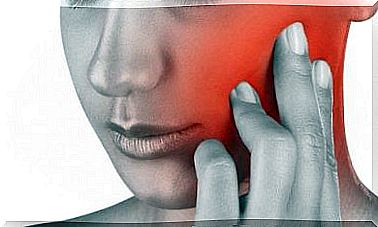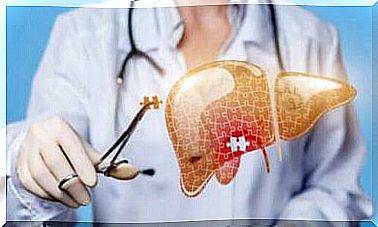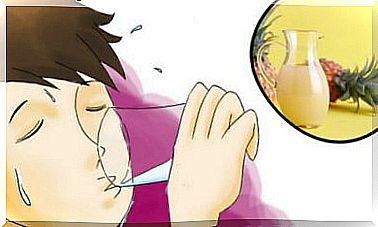Pale Or White Stool: Causes And Treatment
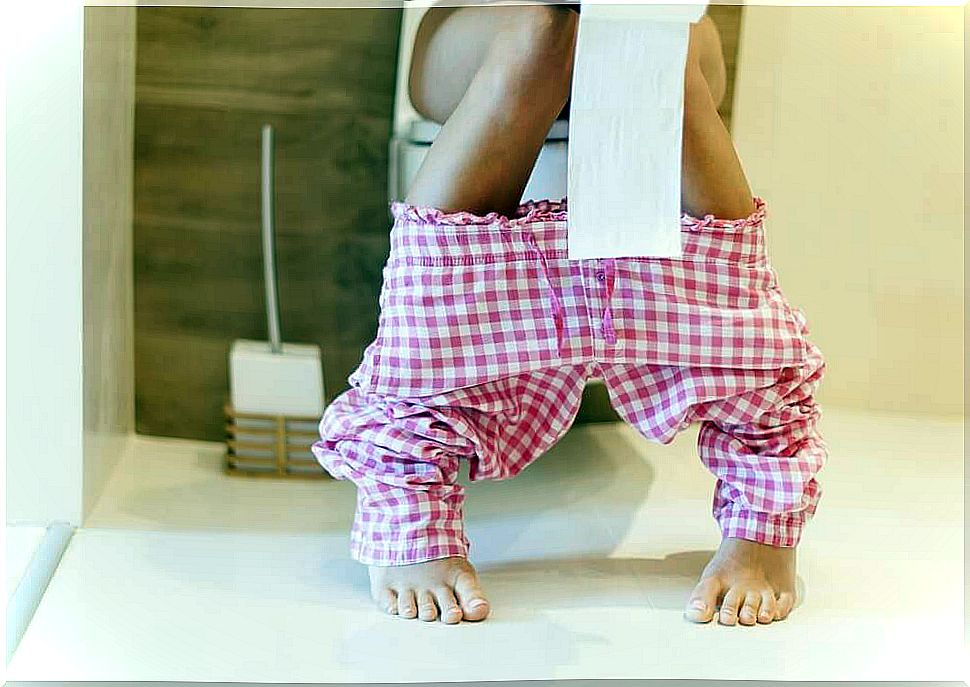
Your stools can vary from different shades of brown to green or black. However , white stools are not normal and require immediate attention. Your stools can provide information about the condition of the intestines and digestive system. A change in color can be a danger sign of an infection or a disease.
Pale or white stools
When your stool is white or pale in color, it indicates that you have a problem with the bile system (pancreas, liver or gallbladder). The brown color of the stool comes from the bile salts that your liver excretes.
If your stool is white, it means that you have an infection in the liver that reduces the production of bile, or you have an obstruction in the bile duct. Your digestive system may not absorb fat properly either. On the other hand, if the stool is light (yellow or gray) and oily, this condition is known as ” steatorrhea “.
It is common to experience some problem during your life. There are changes that can range from simple and temporary to alarming and life-threatening.
You may notice changes in the color of the stool, as well as consistency or odor.
Causes of white stools
If you notice that you have white stools, it may come from one of the following:
1. Medicines
Taking certain medications can change the color of your stools.
Antibiotics in particular are to blame for this, such as the types used to treat infections such as tuberculosis or intestinal problems such as diarrhea. Anti-inflammatory drugs and birth control pills can also cause white stools. Anabolic steroids can cause drug-induced hepatitis and trigger the production of white stools.
These symptoms usually disappear within a few weeks after you stop taking the medicine.
2. Hepatitis
Hepatitis is when your liver becomes inflamed, and it is usually caused by a virus that results in hepatitis A, B or C. Unfortunately , hepatitis C is the most dangerous if you do not treat it, because it is fatal.
One of the symptoms of hepatitis is pale or whitish stools, caused by impaired liver function.
3. Alcoholic hepatitis
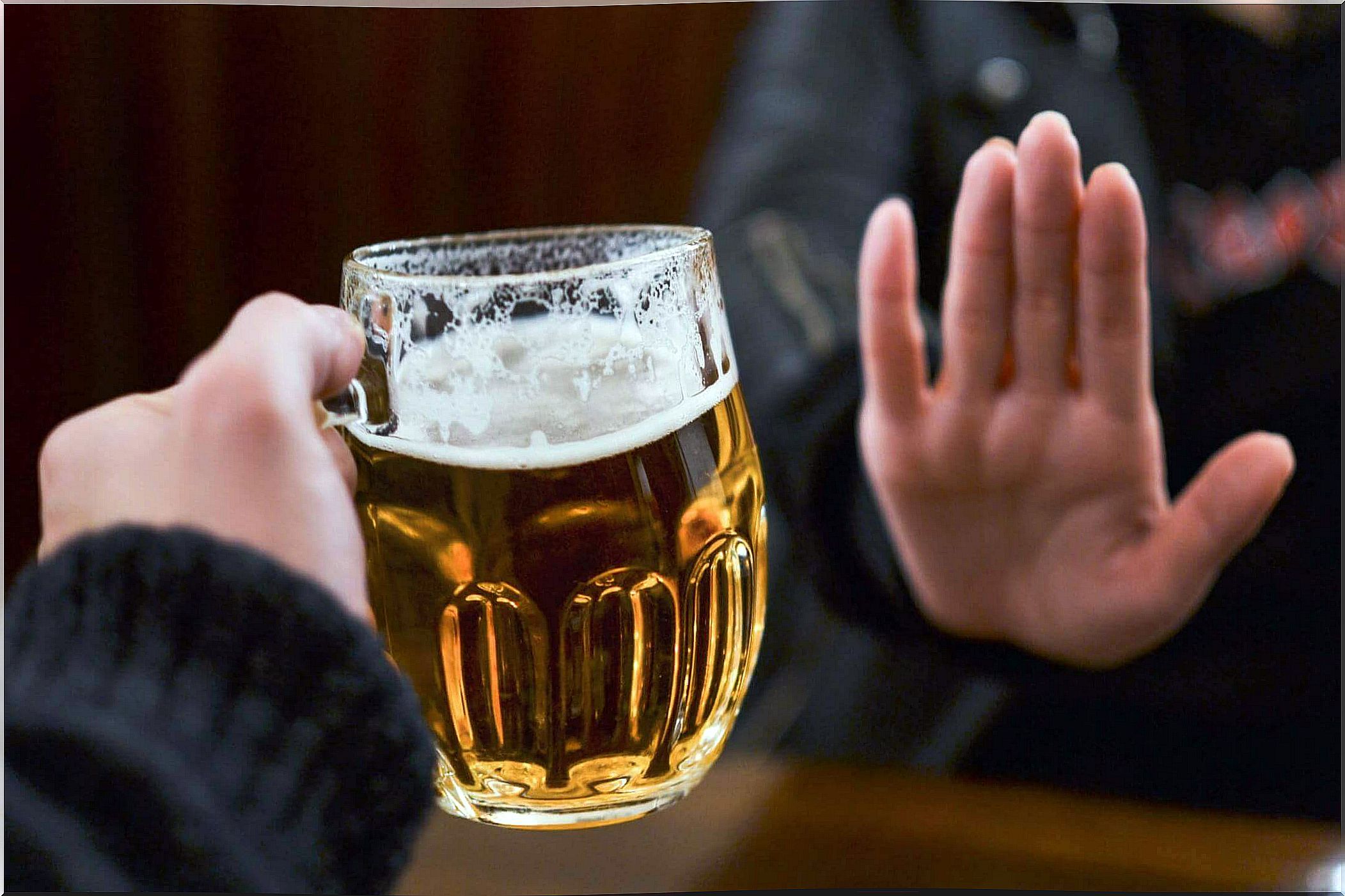
This disease is caused by excessive alcohol intake. It triggers inflammation of the liver. How long it takes before it appears depends on how much alcohol you drink.
Symptoms include fatigue, swelling, hepatic encephalopathy and jaundice.
Alcoholic or viral hepatitis can lead to liver cirrhosis.
Biliary cirrhosis
Biliary cirrhosis is a chronic and irreversible liver disease in the terminal phases. This happens when liver cells are destroyed.
It causes irritation and inflammation of the bile ducts of the liver. The flow of bile stops, causing damage to liver cells. Cirrhosis is the scarring that occurs as a result.
One of the many effects of cirrhosis is that the stool turns white.
5. Cancer
Some cancers can cause pale or white stools, accompanied by fatigue.
Pancreatic cancer, biliary tumors and other cancers that block the bile ducts will cause your stools to turn pale yellow or clay due to a lack of enzymes from the pancreas.
This can also result in fatigue because food is not completely digested and nutrients are not absorbed, resulting in malnutrition.
6. Gallstones
Gallstones are solidified waste in the gallbladder that ultimately impedes bile flow.
The stones consist of hardened cholesterol or bilirubin. When the gallstones are very large, they can block the bile ducts, making the stool pale.
If they do not go away with medication, surgery may be needed to remove them.
7. Primary sclerosing cholangitis
Primary sclerosing cholangitis is a disease in which the bile ducts are inflamed or scar tissue forms in them.
This condition results in a reduction in bile flow, which results in a lack of color.
However, this disease is treated with medication or surgery.
Diagnosis and treatment of white stools
White stools are a serious condition that must be discussed quickly with your doctor, who can provide proper treatment once the cause is identified.
You need the following tests to get an accurate diagnosis:
- Blood tests, to determine if there is any kind of anomaly.
- A CT scan, to generate an image of the body’s interior.
- Endoscopic retrograde cholangiopancreaticography (ERCP), a special type of MRI that captures detailed images of the bile system.
- An abdominal ultrasound will be ordered to generate an image of your organs and check that everything is as it should be.
- Liver function tests.
- Surgery to identify bile duct defects.
When treating the cause of white stools, it should return to its normal color. However, if your issue cannot be fixed, the change may be permanent.
White stools in children – Causes and treatment
It is always important to pay attention to your baby’s feces, because it can help you identify health problems. White stools or diarrhea are common in children, sometimes due to milk or other products that do not suit them.
You should always be aware of the cause of white stools and what the most appropriate treatment may be.
Causes of white stools in children
- The quality, quantity and composition of what they eat.
- Consumption of cold foods.
- Poor absorption of food due to a parasite that damages the intestines.
- Hepatitis, because the liver does not function properly for the necessary bile production.
Treatment for white or pale stools in children
The first thing you should do is go to the doctor. They want to test a bowel movement.
The most important thing is to get them to drink plenty of fluids to avoid dehydration. They require a lot of water and mineral salts.
Sometimes there are bacteria that cause white stools, and antibiotic treatment may be necessary.
Never give your child anti-diarrhea medication containing loperamide without a prescription from your doctor.
